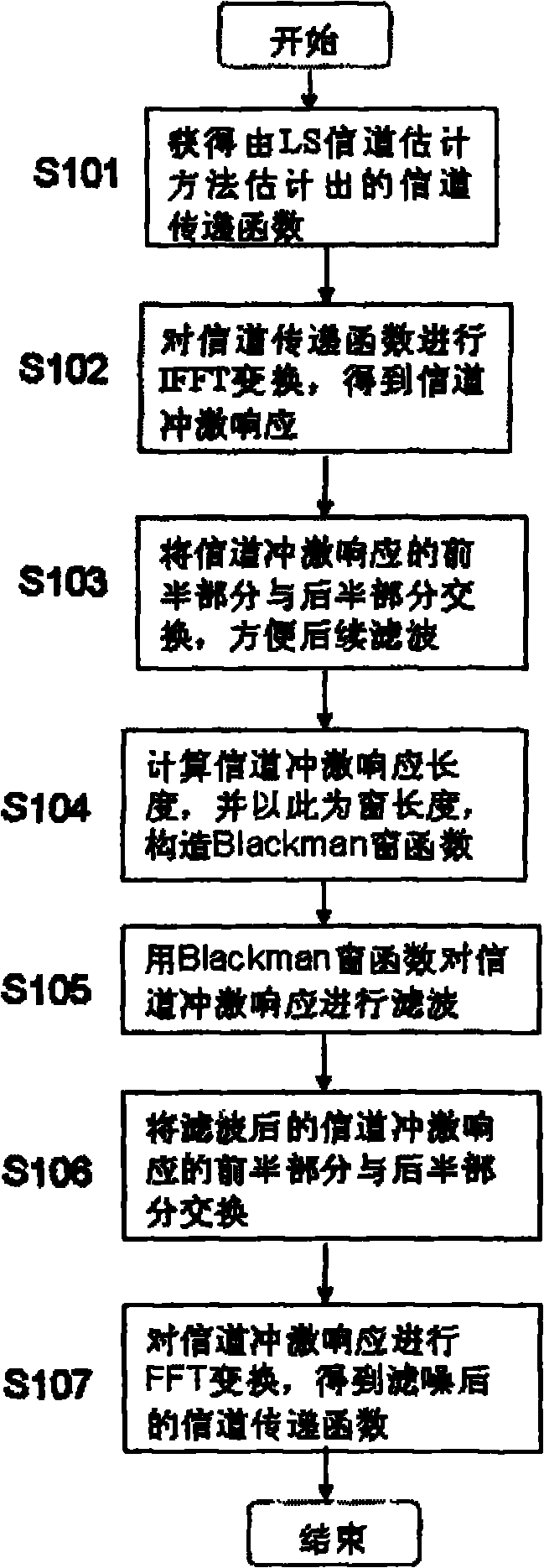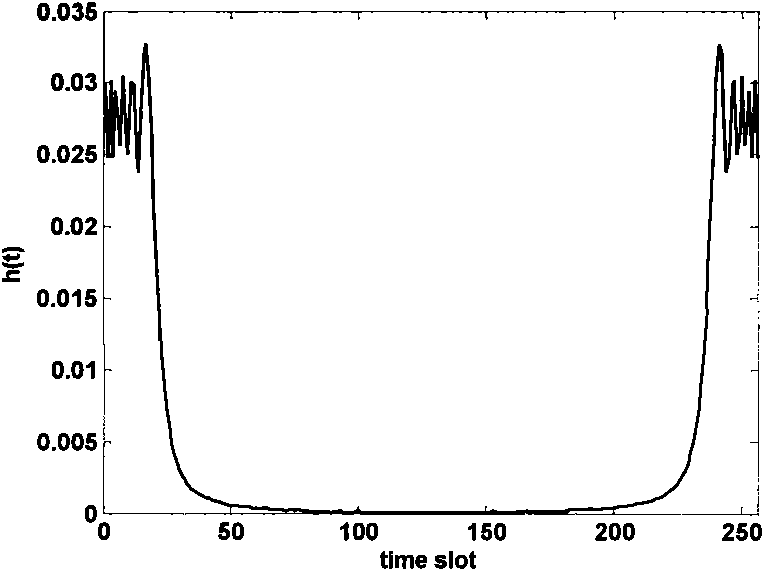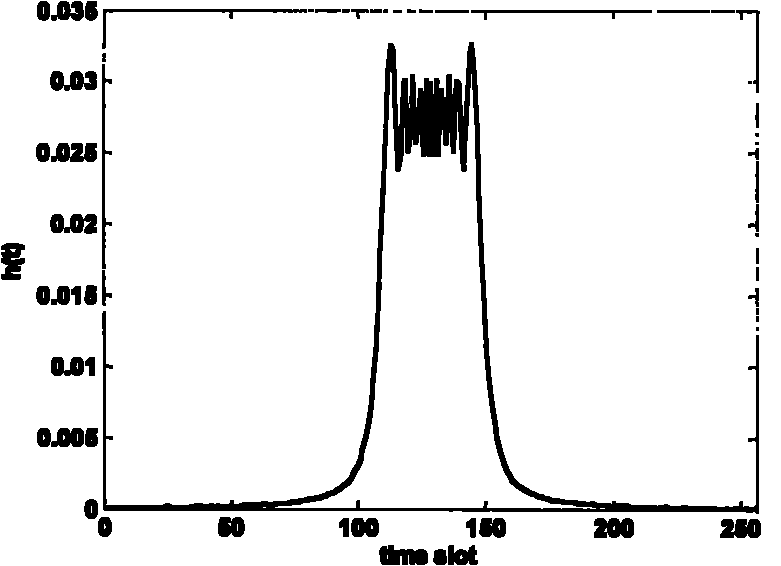CO-OFDM (COherent light-Orthogonal Frequency Division Multiplexing) system channel estimation method based on channel impulse response filtering
A technology of CO-OFDM and channel impulse response, which is applied in the field of channel estimation of CO-OFDM system based on channel impulse response filtering, can solve interference, improve algorithm complexity and implementation difficulty, and reduce cumulative dispersion and polarization mode dispersion issues of tolerance
- Summary
- Abstract
- Description
- Claims
- Application Information
AI Technical Summary
Problems solved by technology
Method used
Image
Examples
Embodiment Construction
[0038] The advantages and features of the present invention, as well as the method of carrying out the present invention, may be more readily understood by referring to the following detailed description of exemplary, non-limiting embodiments and accompanying drawings. However, this invention may be embodied in many different forms and should not be construed as limited to the embodiments set forth herein. Rather, these embodiments are provided so that this disclosure will be thorough and complete and will fully convey the concept of the invention to those skilled in the art, and the present invention will only be defined by the appended claims. Throughout the specification, the same reference numerals designate the same parts.
[0039] In the CO-OFDM system, there are mainly the following key signal processing modules: at the sending end, the OFDM baseband signal is generated through serial-to-parallel conversion, constellation mapping, zero filling, and IFFT processing. In ...
PUM
 Login to View More
Login to View More Abstract
Description
Claims
Application Information
 Login to View More
Login to View More - R&D
- Intellectual Property
- Life Sciences
- Materials
- Tech Scout
- Unparalleled Data Quality
- Higher Quality Content
- 60% Fewer Hallucinations
Browse by: Latest US Patents, China's latest patents, Technical Efficacy Thesaurus, Application Domain, Technology Topic, Popular Technical Reports.
© 2025 PatSnap. All rights reserved.Legal|Privacy policy|Modern Slavery Act Transparency Statement|Sitemap|About US| Contact US: help@patsnap.com



